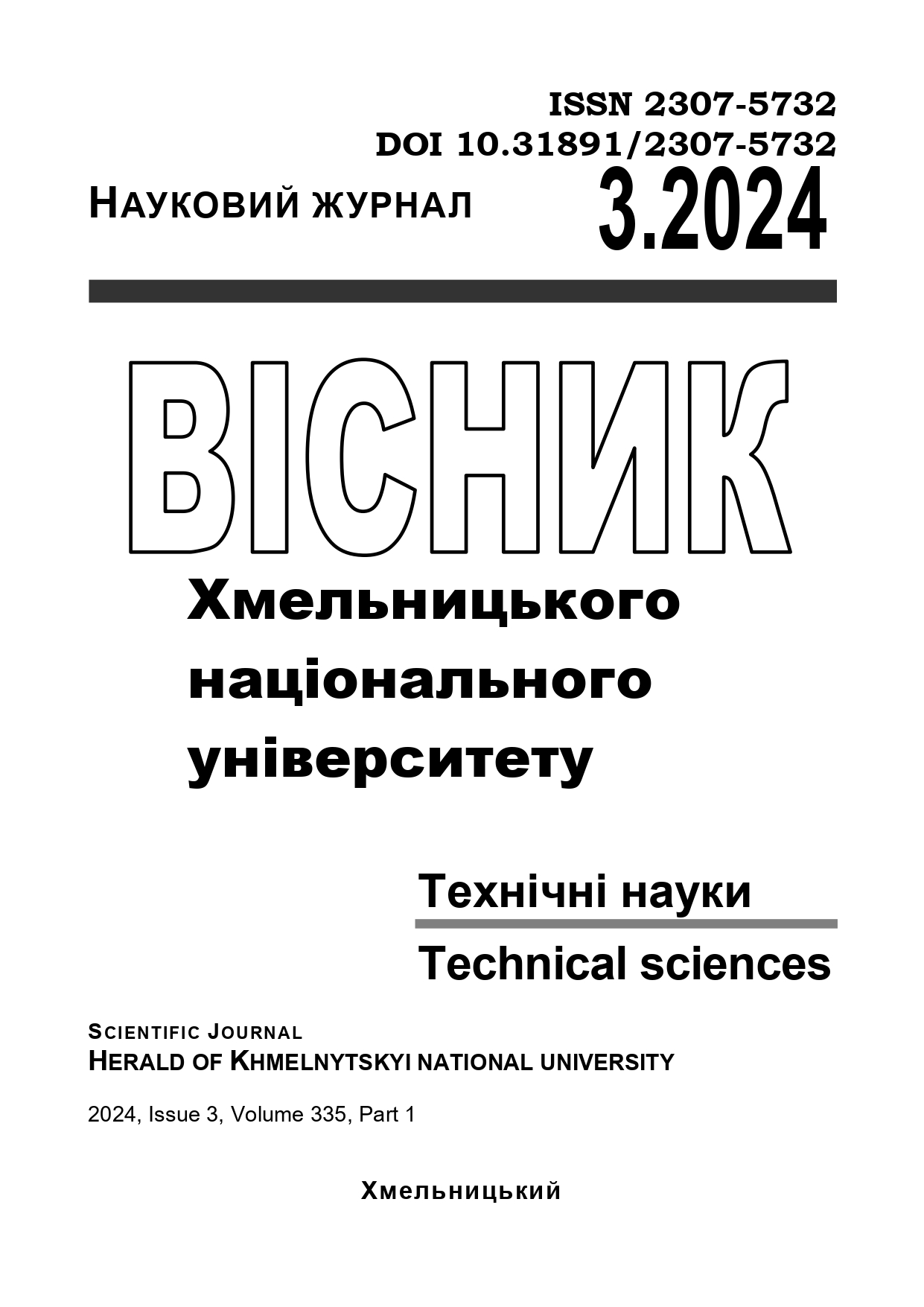UTILIZING ARTIFICIAL INTELLIGENCE TO RECOGNIZE TERRORIST AND ENEMY MILITARY TARGETS
DOI:
https://doi.org/10.31891/2307-5732-2024-335-3-24Keywords:
neural networks, deep learning, object classification, military equipment, artificial intelligenceAbstract
The development of artificial intelligence technologies and their application in solving military tasks is the main concept of scientific advancement in Ukraine. Despite the availability of existing solutions for classifying limited types of civilian objects, there is a need to develop new technologies to gain an advantage over the enemy.
Existing artificial intelligence models available in the public domain are oriented towards diagnosing restricted types of civilian objects. This limitation prevents the use of these models for analyzing military enemy equipment.
Automating the process of recognizing enemy military objects by constructing a deep learning classification model.
The process of building a classification model for enemy military equipment using deep neural networks is considered. The Sequential model type is chosen as the basis, which includes batch normalization layers added after each convolutional layer before further processing. Accelerated hyperparameter search is provided by the Random Search tool.
The quality of classification models was measured using classical accuracy metrics. The implementation of the proposed solutions is carried out using the Python programming language and the Python Imaging Library, TensorFlow, Keras Tuner, and Matplotlib libraries.
A convolutional neural network classification model has been constructed capable of classifying enemy military tanks and vehicles. The model demonstrates the best accuracy metrics on training/testing datasets of 0.6/0.55 with errors of 0.658/0.705, respectively.
A comparative analysis of classification models with different types of architectures showed the advantage of the model in terms of accuracy and error rate when using an architecture that includes batch normalization layers. The created classification model is recommended for further training on new data or for solving computer vision tasks.

